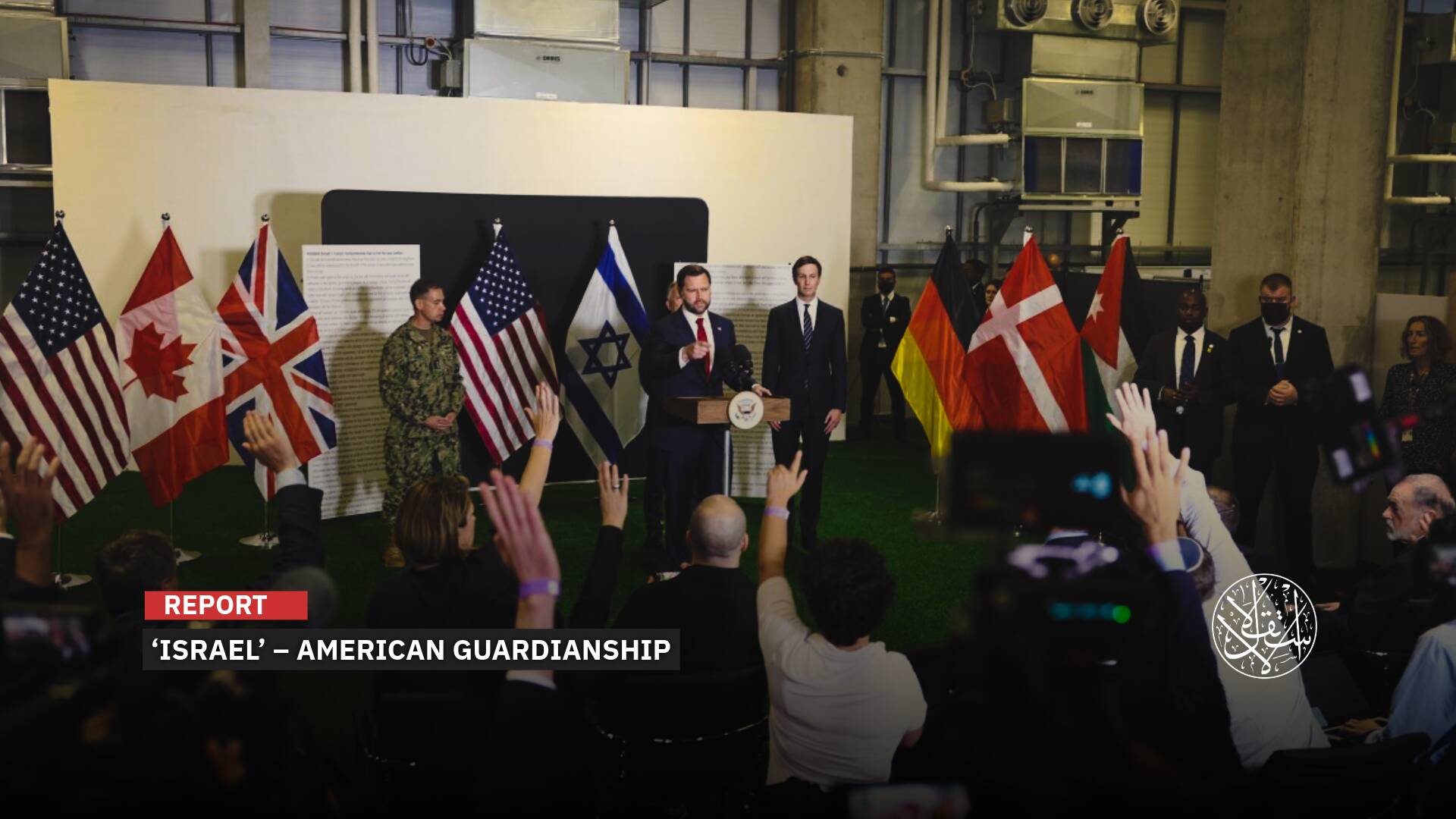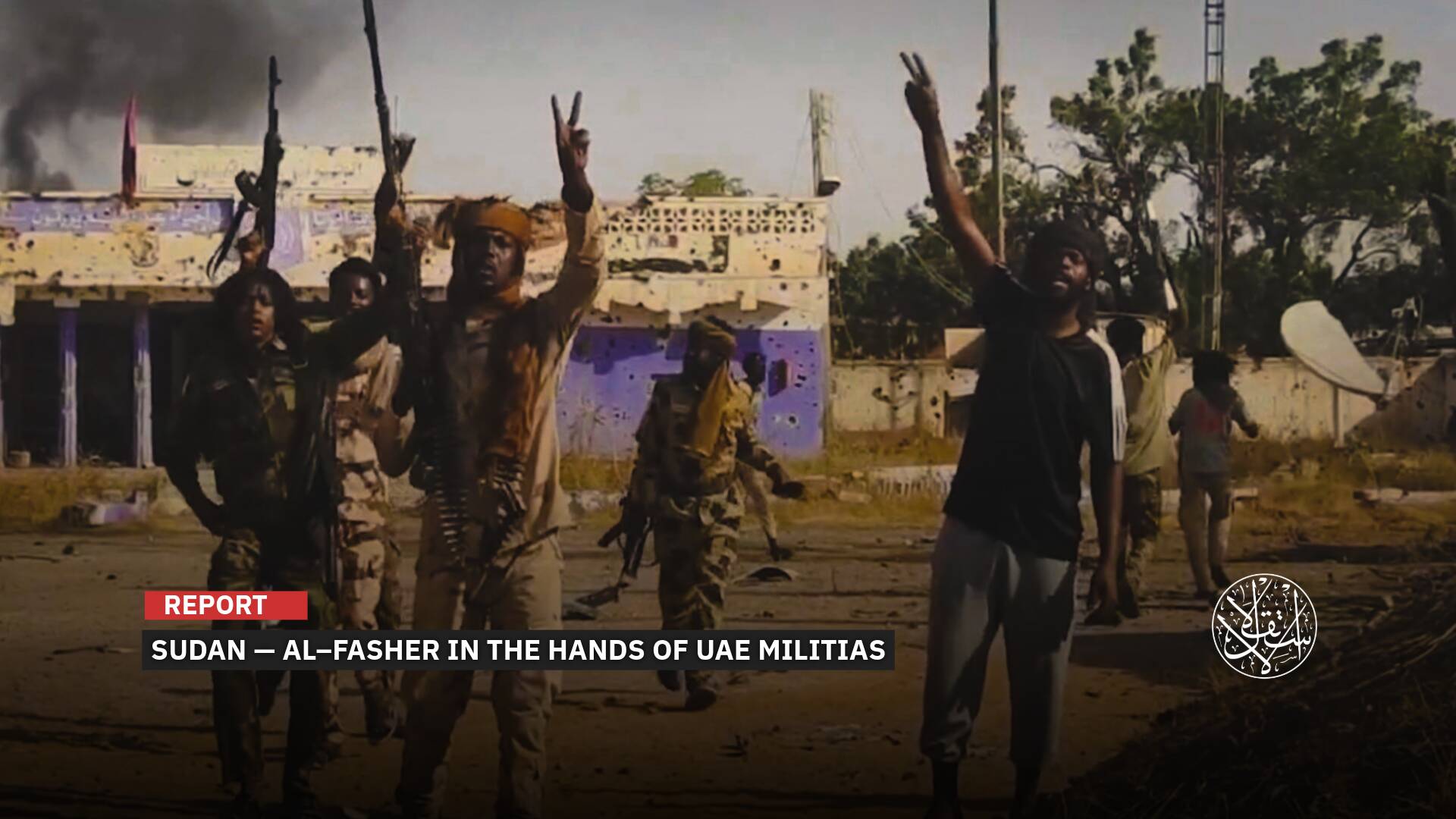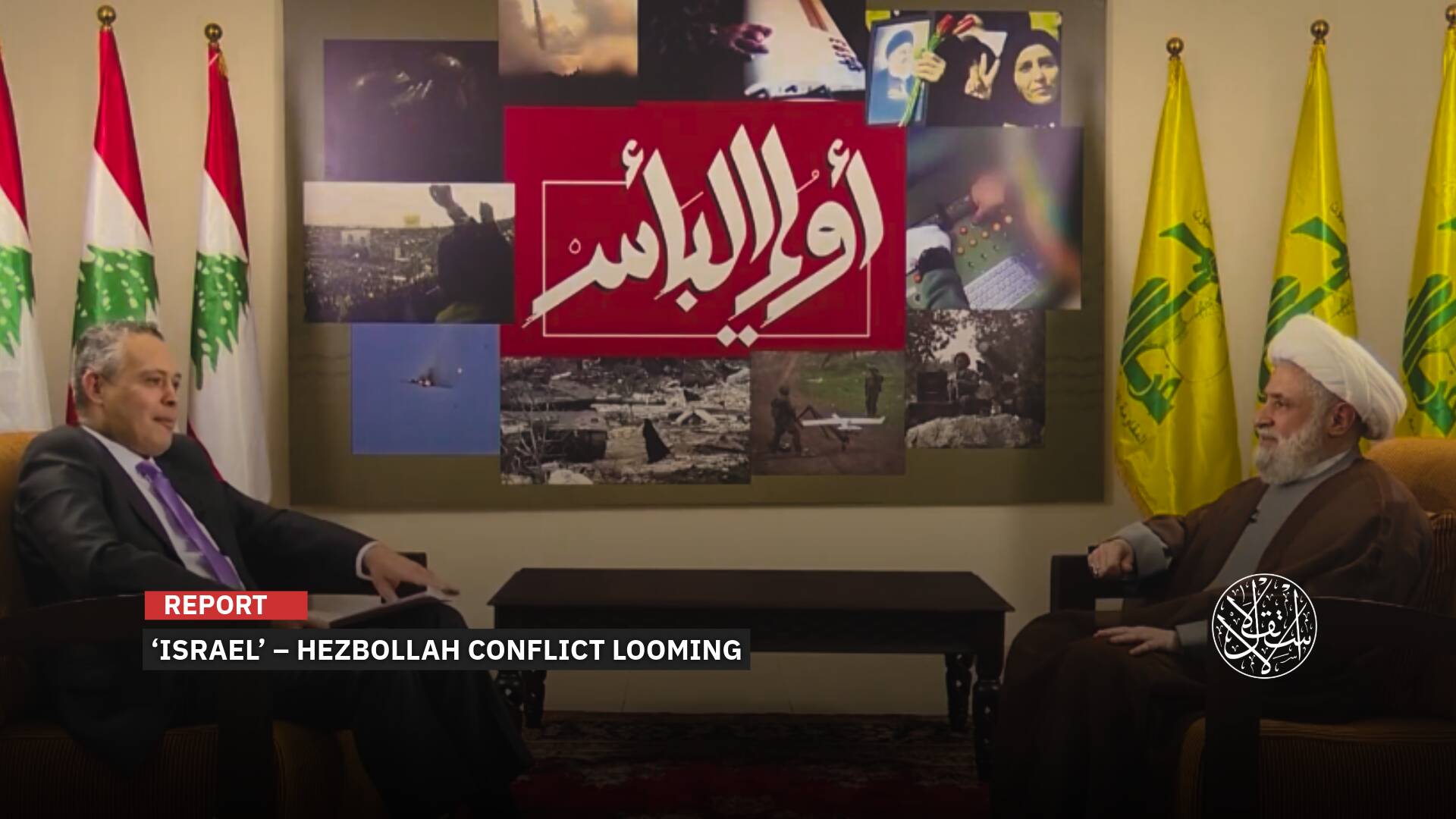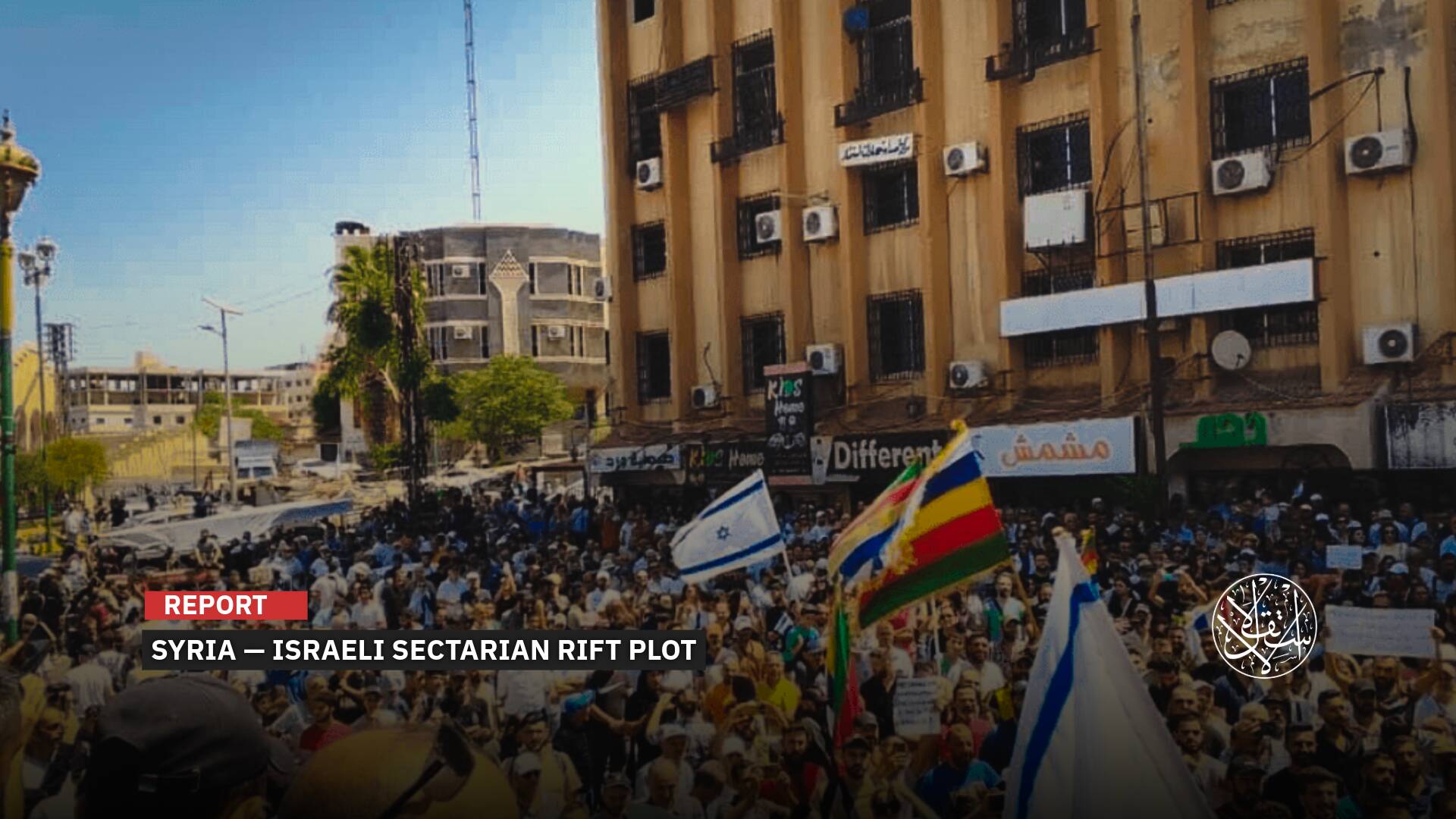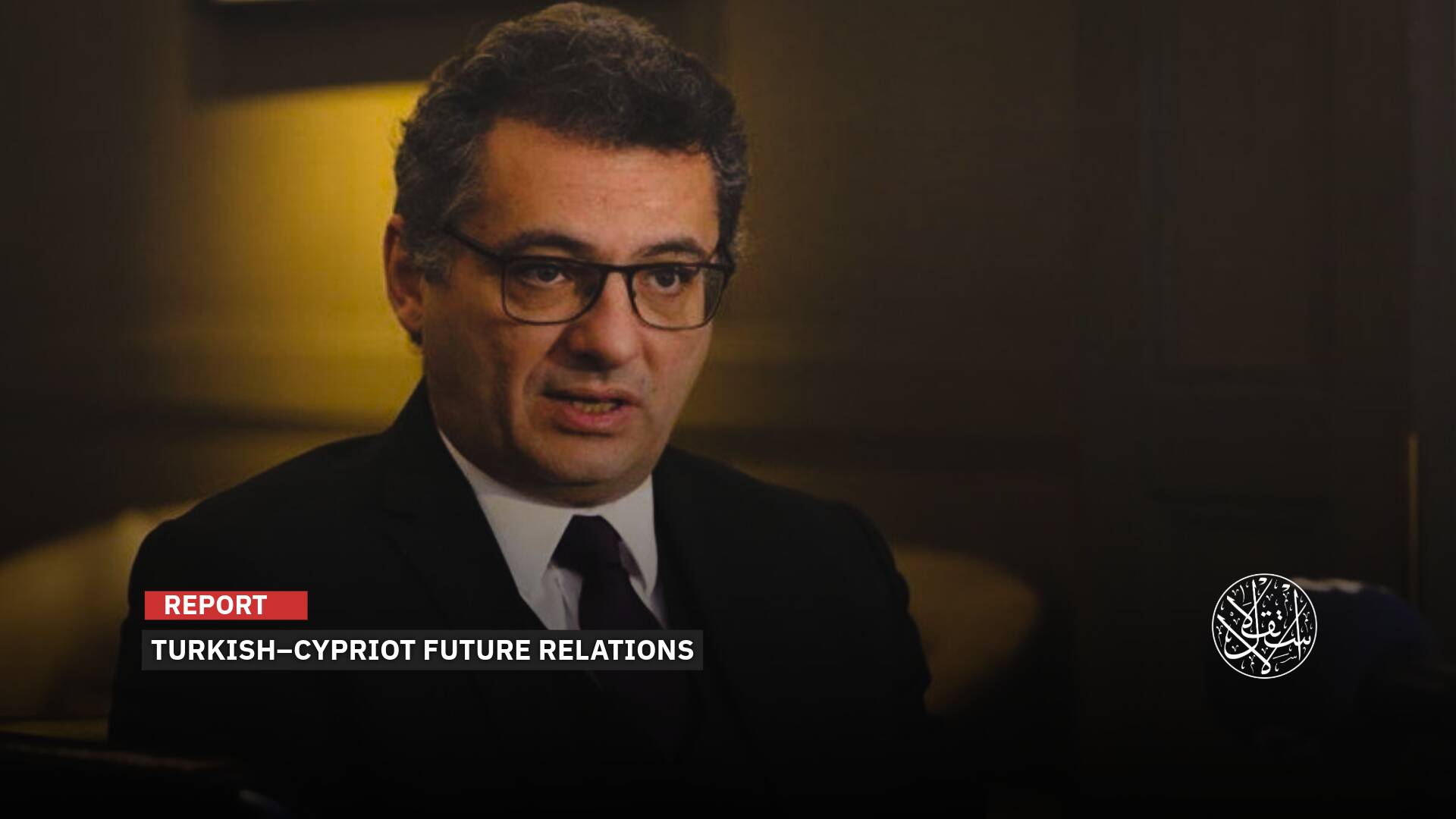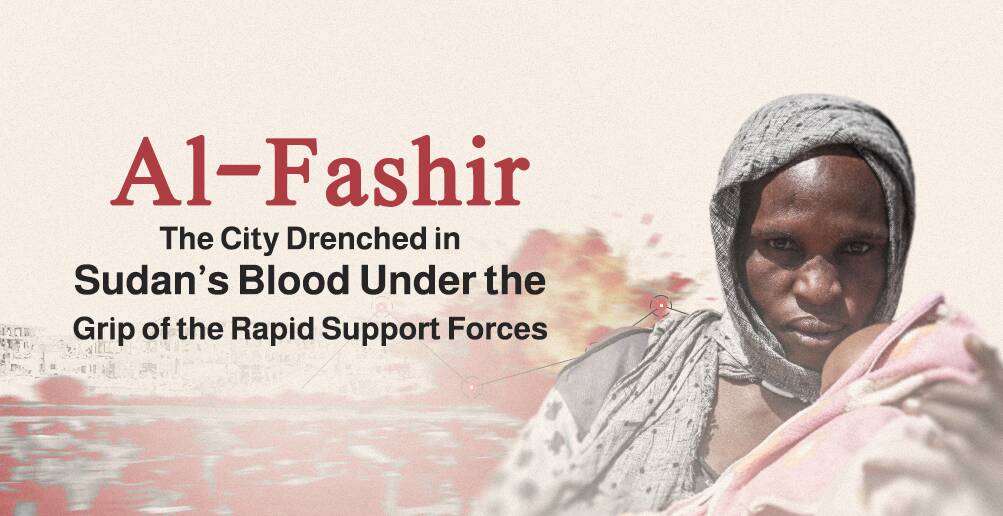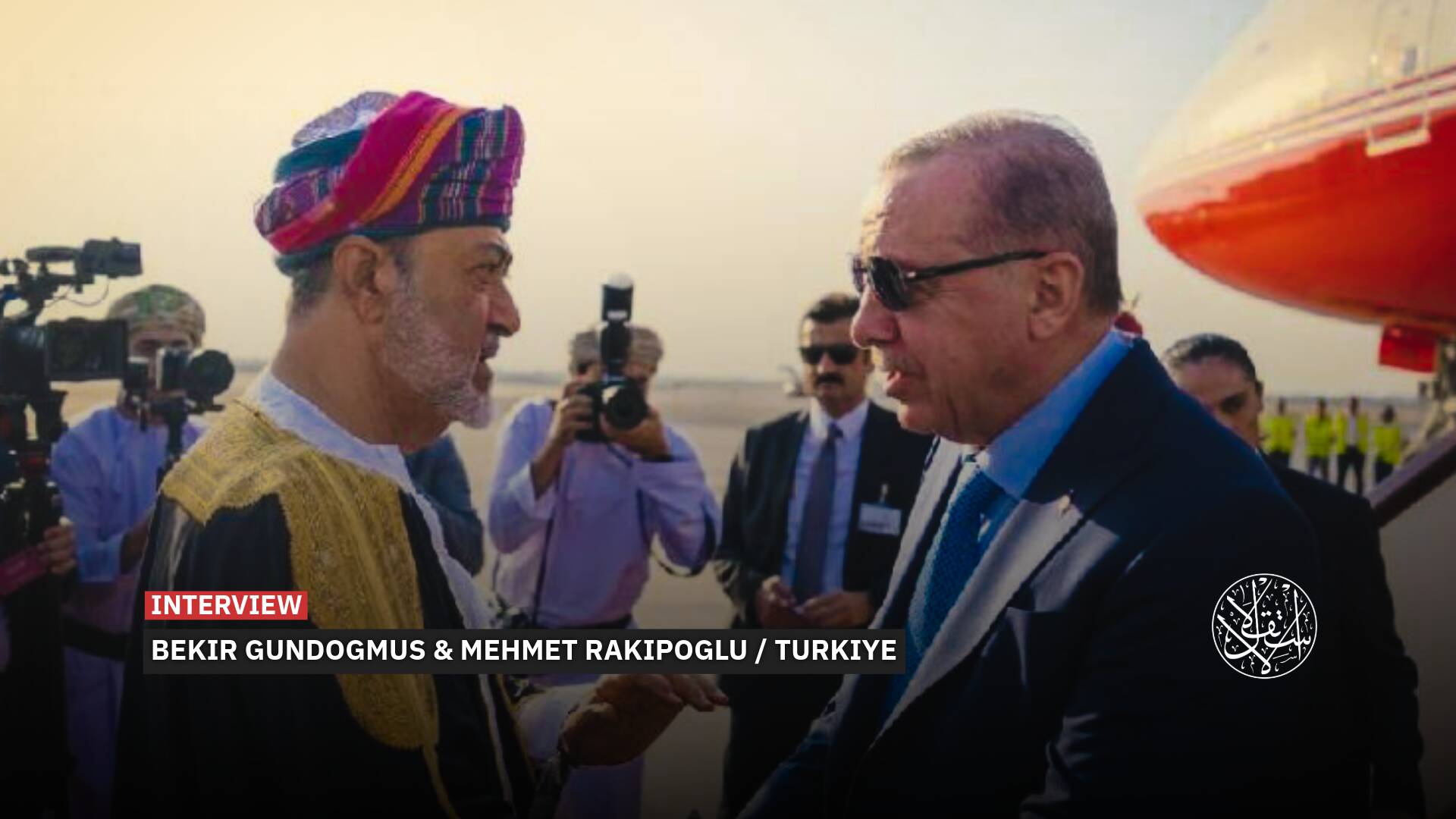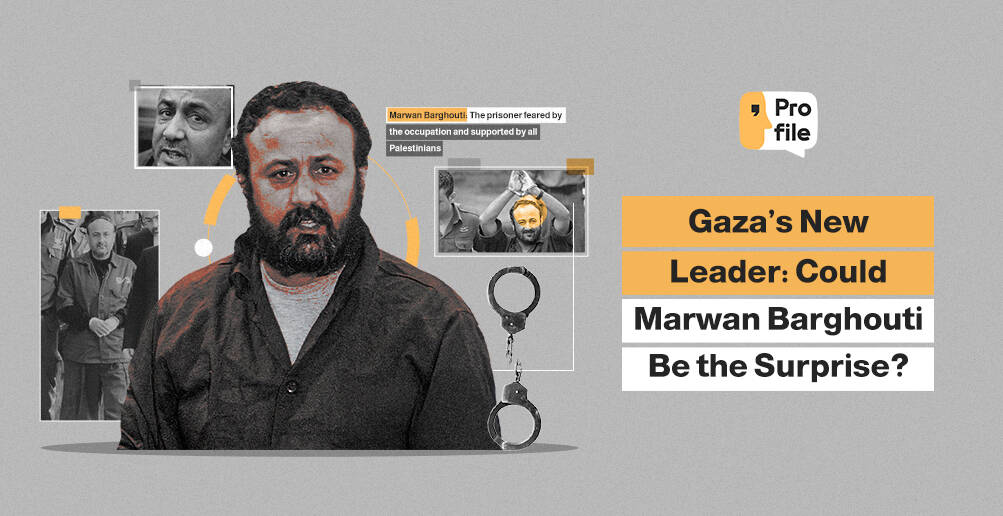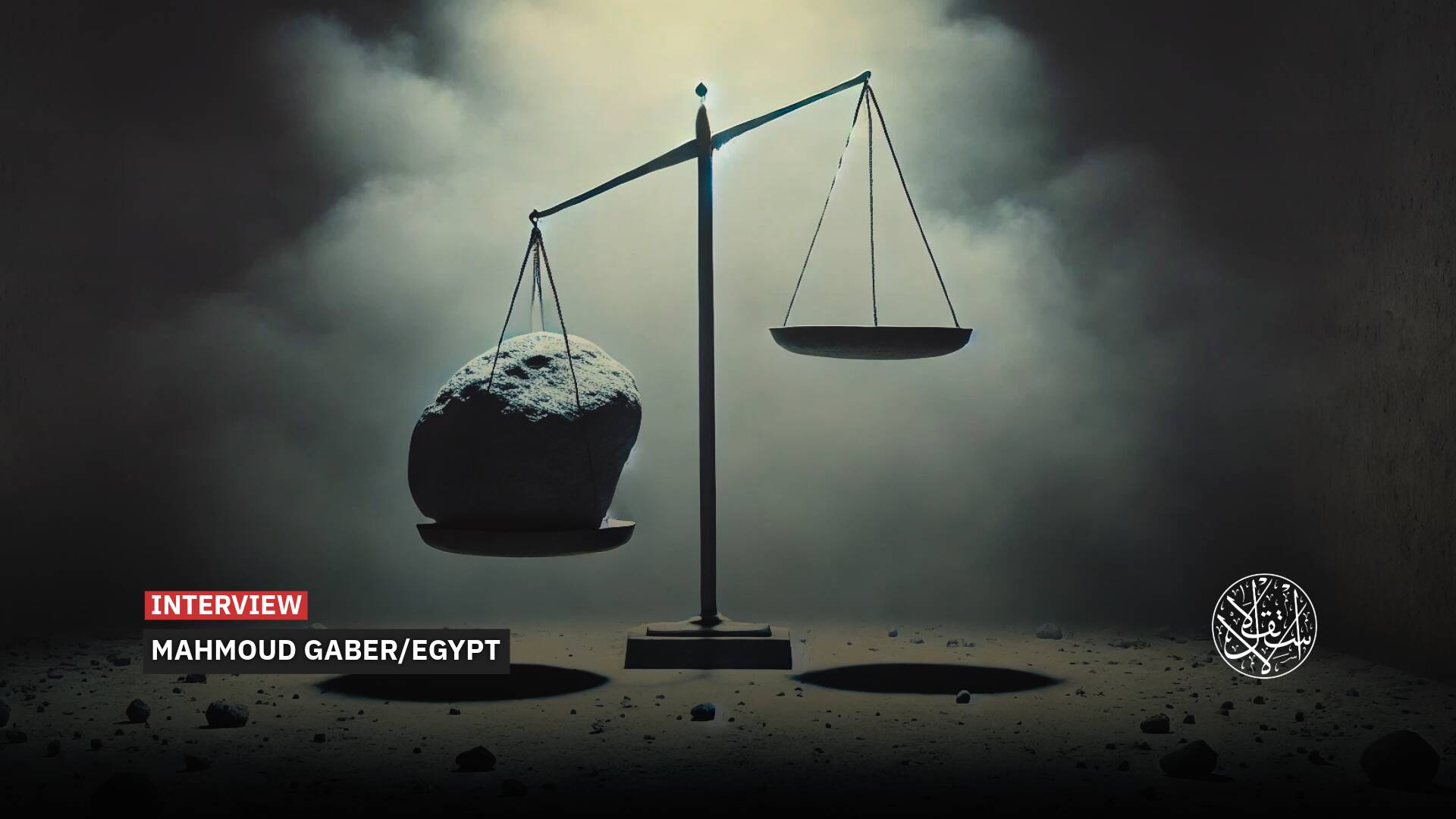Battle 233 Turns El-Fashir into a Military Flashpoint Defining Sudan’s Future
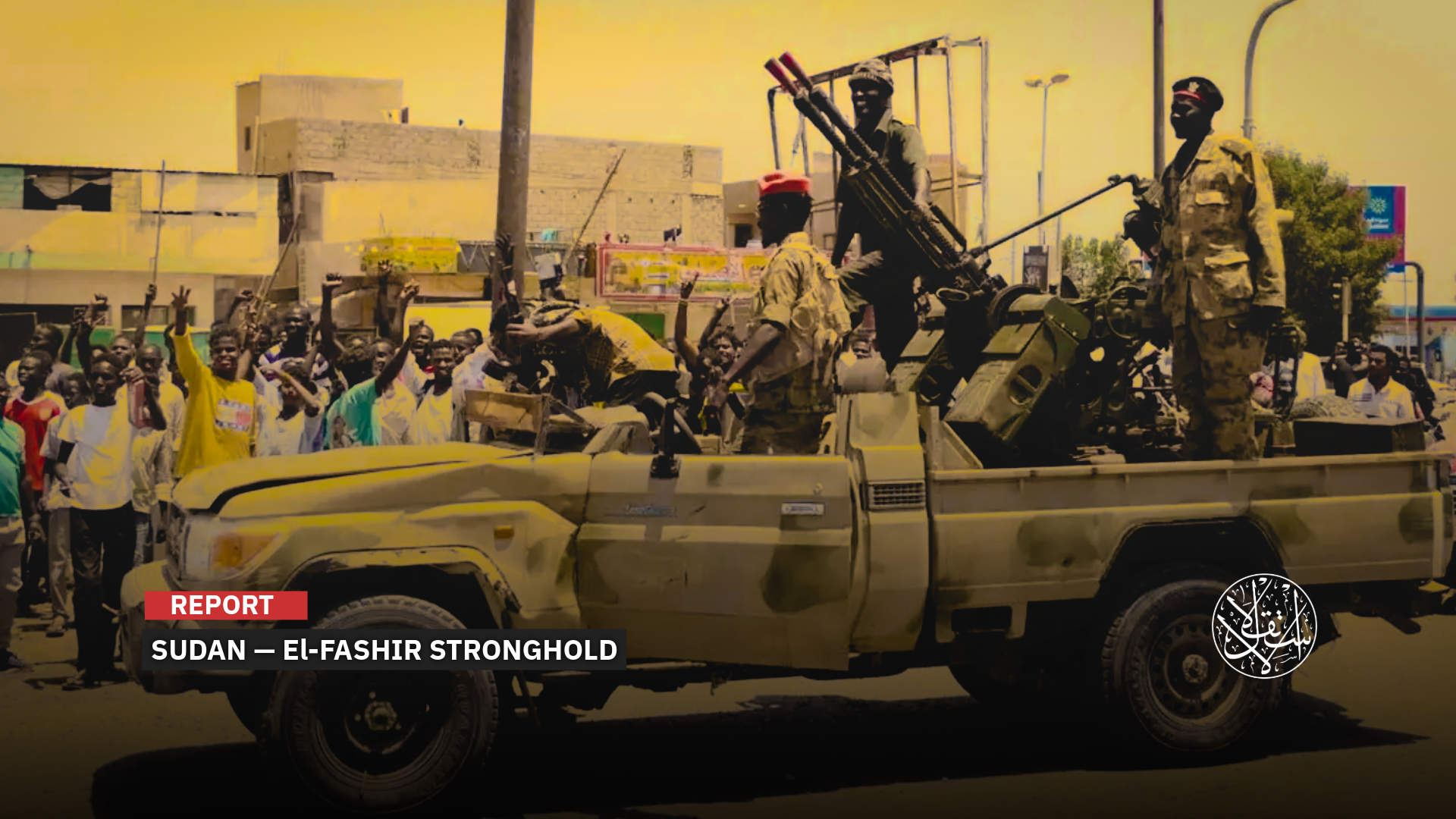
A pivotal moment in the struggle for power in Sudan and the wider region.
All eyes are on El Fashir, the capital of North Darfur in western Sudan, where a fierce battle is raging between the army and the Rapid Support Forces militia, in what is being described as the fiercest confrontation since the war erupted in April 2023.
El Fashir is not just a major city in Darfur; it is a strategic linchpin that could determine the balance of power in the region. Its survival would mean the army maintains a foothold on both the military and political map of the West.
Conversely, its fall would effectively place all of Darfur under the control of the RSF militia, with far-reaching implications for the future of the conflict and the potential spread of fighting into Kordofan and central Sudan.
On the ground, both sides understand that the battle for El Fashir is more than a military engagement. For the army, it is the last bastion in Darfur and a symbol of resilience after two years of grueling fighting.
For the RSF militia, it represents a gateway to strategic victory that could secure the upper hand in any future settlement.
Caught between collapse and resistance, civilians at the heart of the fighting are paying the heaviest price, as the ruins of El Fashir begin to outline the most perilous phase yet of Sudan’s war.
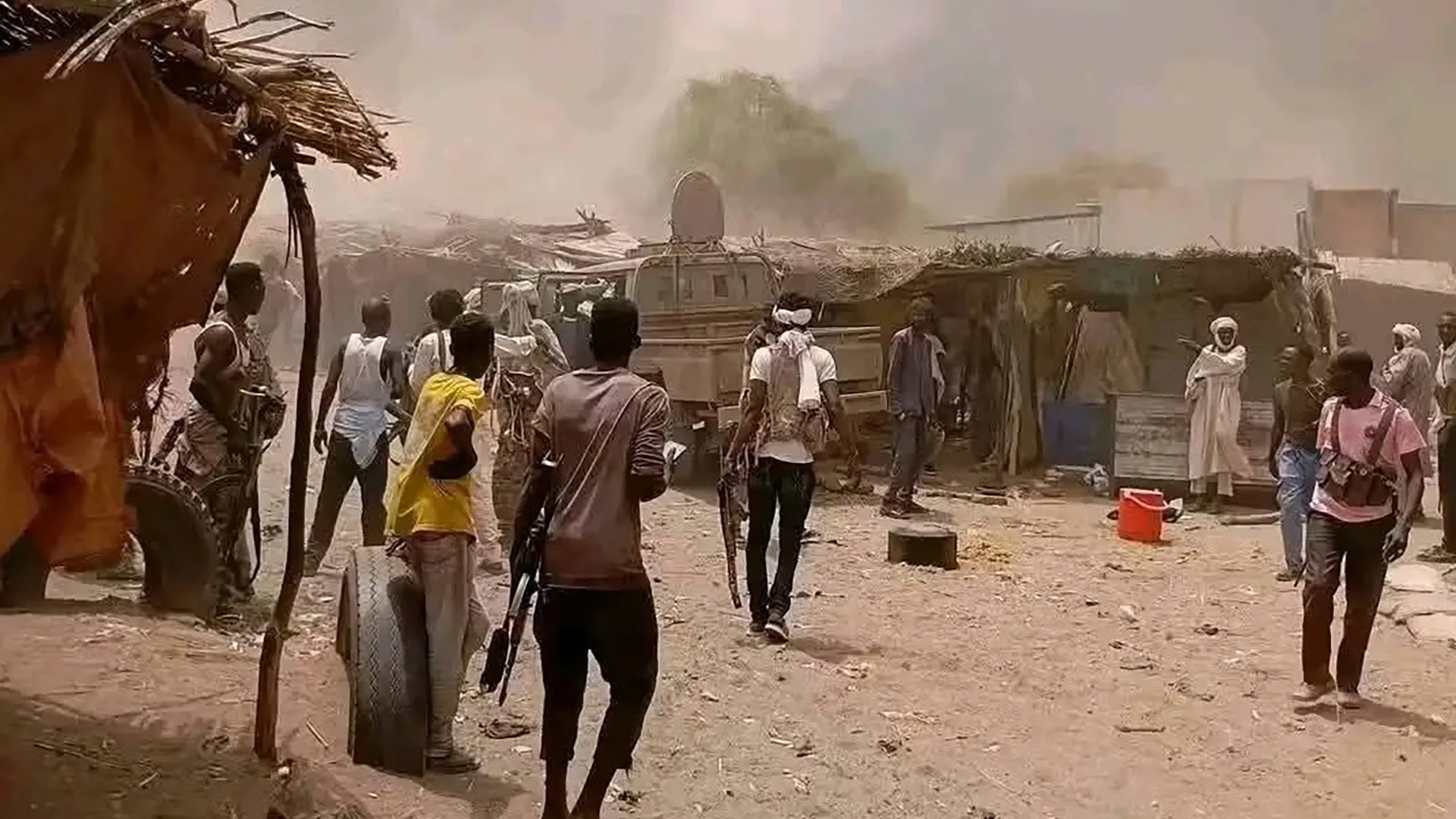
Field Developments
Since August 11, 2025, the streets of El Fashir have become an open battlefield, with continuous clashes under a suffocating siege imposed by the RSF militia for more than a year.
For hundreds of thousands of civilians, life has become a daily ordeal, chased by hunger and fear, with some forced to eat livestock feed and tree branches just to survive.
Despite United Nations Security Council Resolution 2736, issued in June 2024, which explicitly called for lifting the siege, halting attacks, and withdrawing fighters from the vicinity of El Fashir, the reality on the ground has remained unchanged.
Local and international organizations have documented more than 309 attacks targeting the city and its surroundings over the past year, the majority directed at civilians.
When the UAE-backed Rapid Support Forces launched the current assault on the Abu Shouk displacement camp on the city’s outskirts, home to over 190,000 displaced people, at least 40 were killed and 19 others injured, including women and children, according to the camp’s emergency room.
The El Fashir Resistance Committees Coordination confirmed that some victims were executed on the spot within civilian crowds, a stark illustration of the scale of violations committed against innocent people.
Medecins Sans Frontieres has also warned of the growing danger facing the Zaghawa community, the backbone of the joint forces fighting alongside the army to defend El Fashir.
As the battles intensify, self-defense forces, drawn from the Zaghawa, have begun engaging directly in protecting the city from repeated attacks.
In a report published by the organization on July 3, 2025, documenting atrocities in the Zamzam camp, one woman said, “No one could leave El Fashir if they declared they were Zaghawa.”
Another man recounted, “The Rapid Support Forces militia and their allies asked people about their ethnicity, and if they said they were Zaghawa, they were killed on the spot.”
But the targeting has not been limited to the Zaghawa alone. The militia has expanded its attacks against other African tribes.
In a video circulated by activists, a man from the Berti ethnic group declared his origins before being shot dead by a member of the RSF militia, a scene that starkly illustrates the brutality faced by African communities in Darfur.
233 Battles
In response, the Sudanese army’s Sixth Infantry Division announced on August 25, 2025, that it had repelled the attack, in what was described as one of the fiercest battles since the start of the war.
The operation was carried out along three main axes, south-east, south-west, and east, with the involvement of “Colombian mercenaries” and the RSF militia deploying suicide drones and heavy fire in an attempt to breach the city’s defenses.
The army said it had inflicted heavy losses on the attackers, exceeding 254 fighters, and seized dozens of combat vehicles, while the remnants of the assaulting forces withdrew, leaving the bodies of their dead around El Fashir.
According to a statement from the armed forces, the latest engagement was the 233rd battle since the fighting began in the region, reflecting the intensity of repeated attempts to penetrate the city and seize control.
The army confirmed that operations would continue to secure El Fashir and protect civilians from further attacks.
The joint force of armed movements allied with the army had reported on August 21, 2025, that the RSF militia had attempted from the early hours of dawn to breach defense lines using indiscriminate artillery and drones, but encountered “stiff resistance and unwavering determination” from the city’s defenders.
The statement noted that the attackers suffered severe losses in both personnel and equipment, leaving behind dead bodies and destroyed vehicles.
The joint force also claimed to have captured 15 combat vehicles and neutralized the attack’s leader, Mohammedin Habib Musa, while the remaining attackers dispersed in confusion.
The statement concluded by asserting that “victory in this battle once again proves that unity and steadfast resolve can repel aggressors and foil their plans, and that El Fashir will remain impenetrable to invaders, a fortress for the nation and a bastion of resilience.”
Factors of Resilience
According to reports published by Sudan Tribune and Darfur 24, El Fashir has so far resisted falling due to several strategic factors.
Foremost among these is that the RSF militia have been unable to establish a popular base within the city, rendering their movements erratic and unsupported by local communities, effectively turning El Fashir into a trap for them.
At the same time, communal kitchens, locally known as “Takayas,” run by volunteers to feed the most vulnerable, have played a crucial role in sustaining resilience.
These kitchens were funded through bank transfers from Sudanese citizens both at home and abroad.
Despite the meager rations, this popular solidarity has enabled those facing hunger to withstand the siege and remain steadfast.
The city has also witnessed a surge of thousands of young men and women joining the popular resistance, either under army command or within the joint force of armed movements, alongside other local armed groups, significantly boosting combat capacity within El Fashir.
Meanwhile, the army’s withdrawal from its bases and headquarters across other parts of Darfur, due to logistical difficulties, has concentrated forces within El Fashir, making it the center of command and control.
The presence of all field commanders in the city has helped unify efforts and organize defenses, enabling fighters across different formations to prepare for repeated attacks.
In this way, El Fashir has become a stronghold of strategic resilience, sustained not only by weaponry, but also by a network of military, popular, and humanitarian factors that have, so far, prevented the RSF militia from breaching the city.
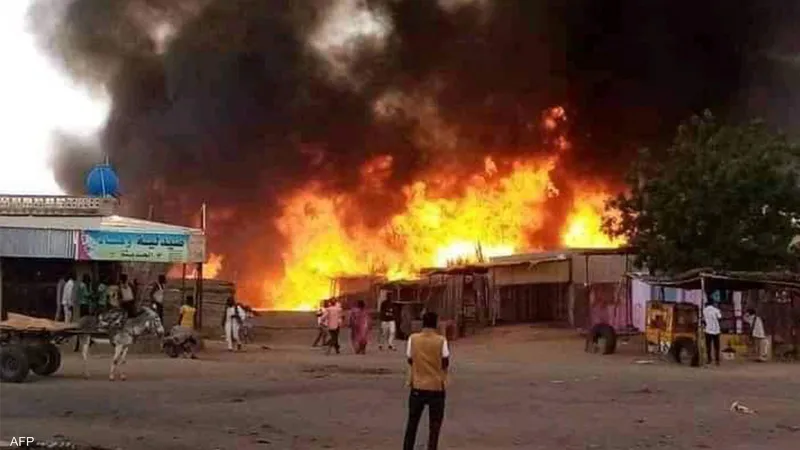
Why El Fashir Matters?
The battle for El Fashir is not merely a military confrontation between the army and the RSF militias, but a pivotal moment in determining the balance of power within Sudan and the wider region.
The city represents a strategic depth for Darfur, bordering Northern Darfur and Kordofan, and lies along a volatile international frontier stretching from Chad in the west, to Libya in the north, and southward to South Sudan and the Central African Republic.
El Fashir’s significance stems from its role as the keystone for controlling all of Darfur; whichever side holds it gains a commanding position over the entire region.
If the RSF militia seizes the city, they would be able to secure supply lines more easily, strengthen positions outside Darfur, and potentially expand into Kordofan, Northern Darfur, and the Nile states.
More alarmingly, control of El Fashir could pave the way for the RSF militia leader, Mohamed Hamdan Dagalo, known as “Hemedti,” to consolidate his project of establishing a separate entity in western Sudan, relying on his influence and tribal base there.
Conversely, if the army and allied armed movements succeed in holding El Fashir, they would gain a strategic platform to reclaim cities across Northern Darfur and the region’s other four states, while cutting off one of the RSF militia’s most crucial human and logistical supply lines.
Holding El Fashir would also allow the army and its allies to project eastward toward Northern Darfur and the Nile states, potentially strengthening the defenses of the regular army in Khartoum.
The battle for the city goes beyond Sudan’s internal borders, as its geographic location places it in direct proximity to Chad and Libya, and near the borders of South Sudan and the Central African Republic.
Consequently, the victor in El Fashir will gain significant regional influence, compelling neighboring countries to deal with it as a fait accompli, given the city’s strategic position over trade routes and cross-border population movement.
Egypt is also closely invested in the outcome, relying heavily on livestock imports from Darfur, particularly camels, meaning any change in control over the city could have economic repercussions.
From a security perspective, the fall of El Fashir to the RSF militia could trigger new waves of displacement exceeding one million people, alongside the chaos stemming from the proliferation of arms, with estimates suggesting more than three million illicit weapons in circulation.
With the rising likelihood of arms smuggling across desert borders, Egypt could face escalating security challenges along its southern frontier, making it a close observer of a battle whose outcome will shape not only Sudan’s future but the stability of the entire region.


